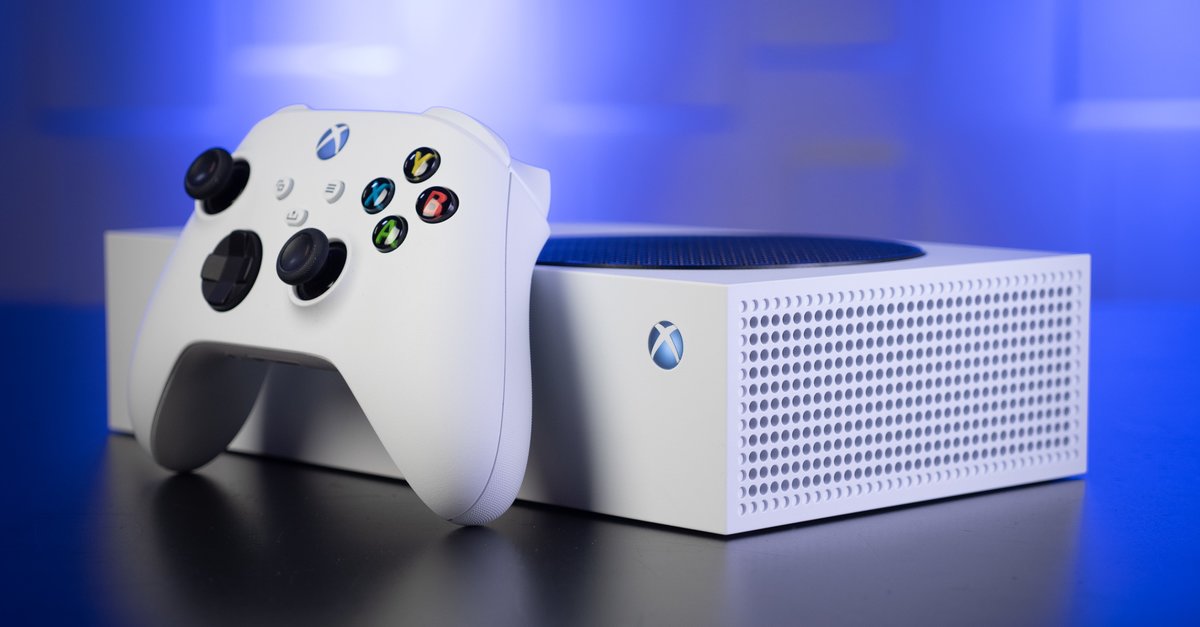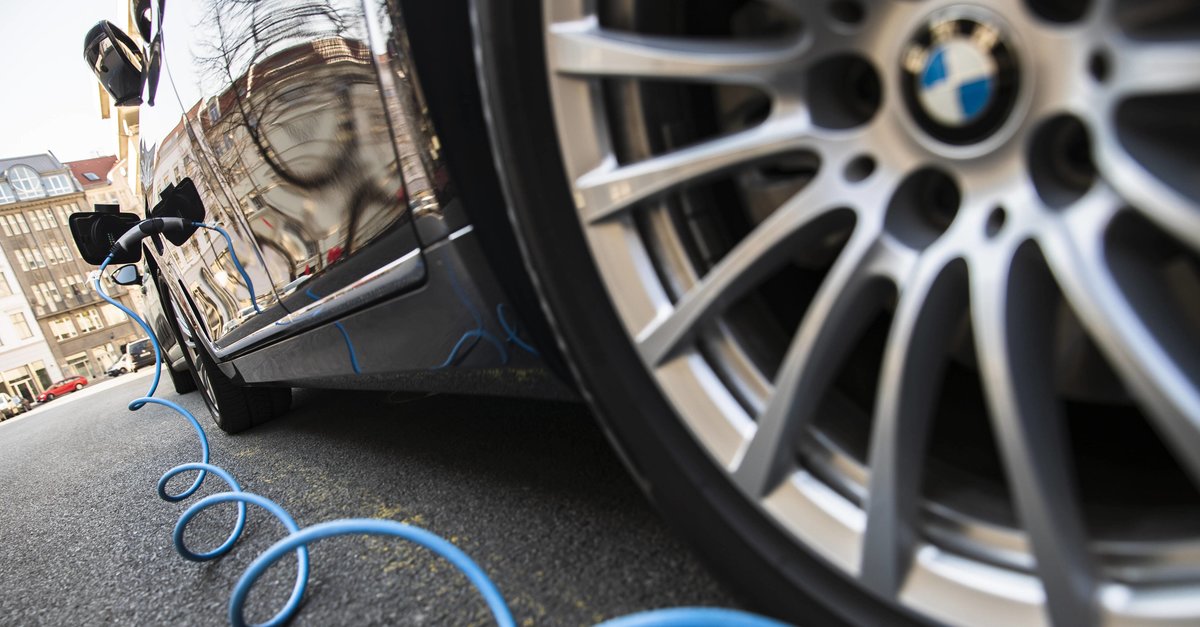Tesla begins production of a supercomputer
Tesla is taking a big step towards autonomous driving. The electrical manufacturer has announced the start of production of the supercomputer Dojo. The unveiling took place as part of the just released annual report for the second quarter of 2023.
Dojo is one of four pillars Tesla proclaims for the development of autonomous driving on a large scale. According to Tesla, the four pillars are “extremely large real data sets, training with neural networks, vehicle hardware and vehicle software”. The group intends to develop all four sectors in-house. With the supercomputer, a big step is now being taken at Pillar 2.
Editor’s Recommendations
Pillar 1, the “extremely large real data sets”, is already well positioned. Millions of terabytes of video data held by Tesla are believed to have been amassed from the more than four million vehicles Elon Musk’s company has sold. They show real driving situations, which are used to train the vehicle software.
In order to process these gigantic amounts of data, a particularly powerful computer is required. The previous computing clusters that Tesla has been using for its autopilot are apparently not sufficient for this. The largest cluster to date already works with 5,760 Nvidia A100 graphics processors. Now Tesla wants to use processors it produces itself.
Dojo should create an exaflop, i.e. a quintillion Ffloating point operations per second. To put this into context: A quintillion is a one followed by 18 zeros.
According to one in June via Twitter According to Tesla’s published annual report, Dojo is said to be one of the five most powerful supercomputers in the world early next year. By the end of 2024, he should already be able to manage 100 exaflops.
And will be trained on enormous amounts of compute pic.twitter.com/BsmG9Vse6I
— Tesla AI (@Tesla_AI) June 21, 2023
Elon Musk first mentioned Project Dojo on Twitter in 2019. At the time, he described the supercomputer as a “beast” and promised a “quantum leap” in terms of fully autonomous driving. A year later, Musk announced that production would start later due to power and heat issues.
It became more concrete in 2021: At the AI Day, Tesla announced details for the first time. The new data center will house 3,000 D1 chips.
In 2022, the group gave a curious update, also at AI Day: The center consumed 2.3 megawatts of electricity during a test and paralyzed a local substation in San Jose, California.
According to media reports Elon Musk wants to spend more than one billion US dollars on the project by the end of 2024.


